Transcending the Duel: OCG in Asia
Transcending the Duel is a series that explores the various facets of the OCG tournament scene. Right after OCG in Japan, we are delving into OCG in Asia.
A word of disclaimer, the views expressed in this article are based on my observation and experience in the Asia competitive scene and should be treated as my own personal opinion.
Regional Groupings in Asia
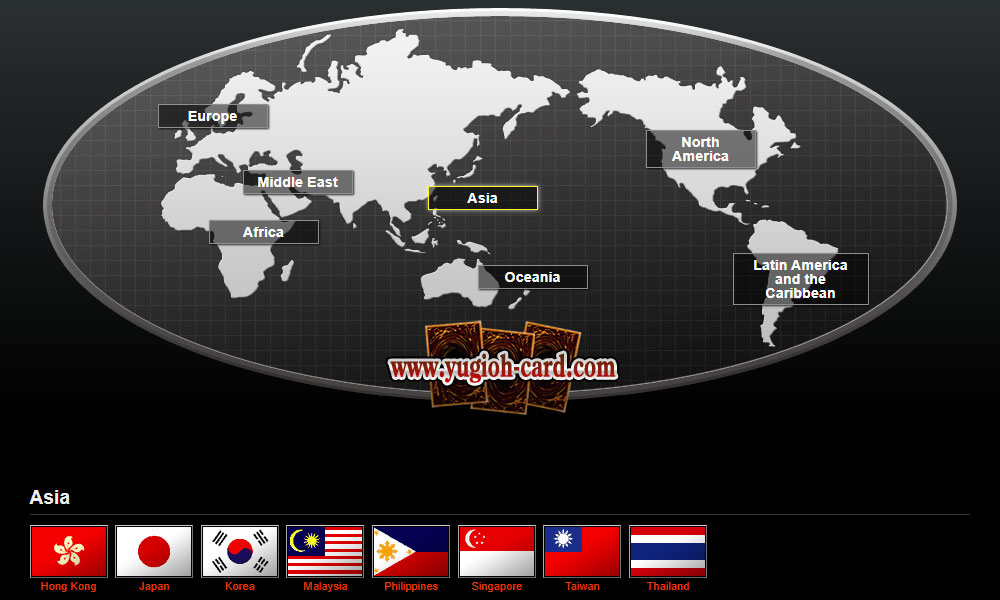
We will start with defining the different regional groupings in Asia.
Yu-Gi-Oh! OCG is managed by 3 different entities – Konami Japan, Konami Asia and Daewon Media. Japan is managed by Konami Japan, South Korea is managed by Daewon Media, and that leaves Hong Kong, Malaysia, Philippines, Singapore, Taiwan and Thailand to be managed by Konami Asia.
This grouping is also reflected by the World Championship Qualifiers (WCQ). Japan and South Korea runs their own WCQ which qualifies them directly to the World Championship, similar to the old Nationals to Worlds system. On the other hand, Hong Kong, Malaysia, Philippines, Singapore, Taiwan and Thailand competes in the Asia Championship to qualify for the World Championship, similar to the other Continental Championships like the North America WCQ and European Championship.
As such, when we discuss about OCG Asia, we are mainly referring to the regions under Konami Asia, and not the whole geographical Asia continent.
Asia Championship
The Asia Championship is the most prestigious tournament in Asia. The first Asia Championship was held on 20 August 2000, three whole years before the first World Championship.
Being the very first international Yu-Gi-Oh! tournament, the Asia Championship was a pioneer in many aspects of the tournament system that was later adopted by the other regions.
The initial Asia Championship was organized by Konami Japan and hosted in Japan, featuring unique prize cards awarded to the winners in a similar fashion as the World Championship.
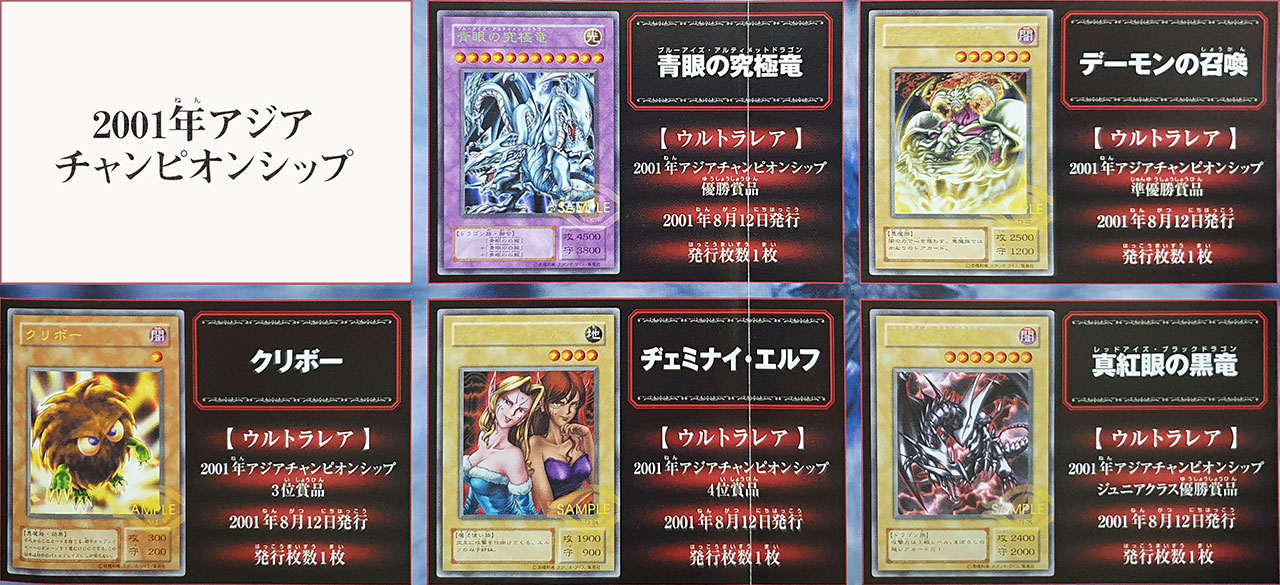
After the World Championship begun in 2003, Japan continued to participate in the Asia Championship for a couple more years. Japan exited the Asia Championship when Konami Japan handed over the organizing and hosting of the Asia Championship to Konami Asia. Since the World Championship occupied the August period, the Asia Championship was shifted to the earlier half of the year.
On the 10th anniversary of the Asia Championship, an official team tournament format was introduced as the Asia Championship Plus. Duelists participated in teams of three and play 3-on-3 against other teams.
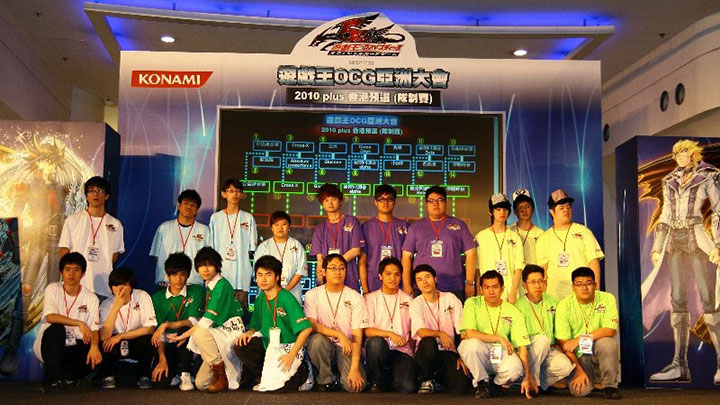
The Asia Championship, World Championship and Asia Championship Plus were three premier international tournaments that duelists in Asia could look forward to participate in every year.
2014 saw a major change to the tournament system in Asia. The Nationals to Worlds system was discontinued and the Asia Championship was restructured into a World Championship Qualifier, following the footsteps of the North America WCQ and European Championship. This would also be the year where the last Asia Championship Plus was held.
2015 saw the introduction of the Ranking Points system to the Asia Championship. Duelists with the top Ranking Points of each region will earn an invitation to the Asia Championship, similar to the World Qualifying Points system that was introduced later to the TCG. A short-lived Asia Championship SP was introduced in the same year to fill in the lack of tournaments during the end-of-year.
Towards the end of 2017, the Asia Championship Winter was launched as the end-of-year premier tournament. This is an Asia Championship on a smaller scale, where the champion of the Winter tournament earns an invitation and seed to the main Asia Championship held later during the mid-year.
This year 2020 would mark the 20th anniversary of the Asia Championship, solidifying itself in history as the oldest Yu-Gi-Oh! international tournament.
Yu-Gi-Oh! Open Tournament (YOT)
The Yu-Gi-Oh! Open Tournament (YOT) is a premier event open to all duelists, similar to the Yu-Gi-Oh! Championship Series (YCS). The YOT rotates around the OCG Asia regions and has been hosted in Hong Kong, Singapore, Taiwan, Thailand and Malaysia.
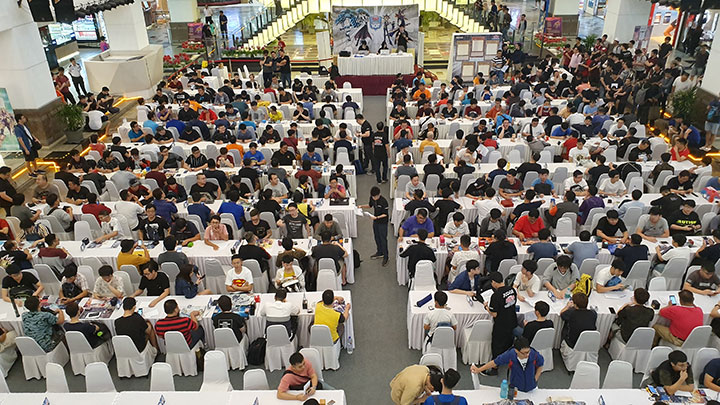
Being the only 2-day tournament in the OCG, the YOT is the most demanding competitive OCG tournament, requiring duelists to play through 15 matches before being crowned the champion.
The open tournament system allows duelists from neighboring regions without official Yu-Gi-Oh! support to participate and compete in the YOT. Duelists from Mainland China, Indonesia and Vietnam has traveled to the YOT to prove their skill, and quite a few of them had finished in Top 8 or better.
The YOT main event and Asia Premier also award the champion with an invitation to the Asia Championship, attracting many duelists all over Asia to congregate and compete against the best in Asia.
History of the Competitive Scene in Asia
At dawn of the OCG in the early 2000s, Hong Kong is an absolute powerforce in Yu-Gi-Oh!.
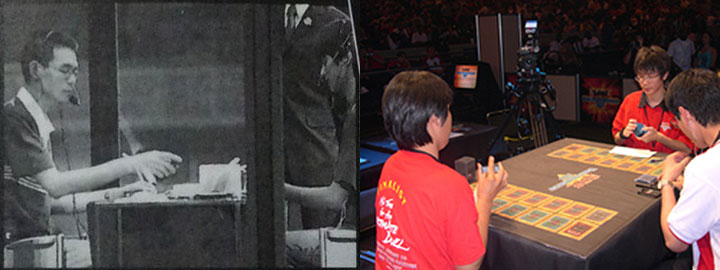
Hong Kong made history by producing both the first Asia Champion and the first World Champion. Tam Yee Luk, the 2000 Asia Champion, brought a Cannon Burn deck to best the competition while everyone else was still playing Gemini Elf and Summoned Skull beatdown. Ng Yu Leung, the 2003 World Champion, further perfected his hand-discarding strategy with Don Zaloog and Drop Off.
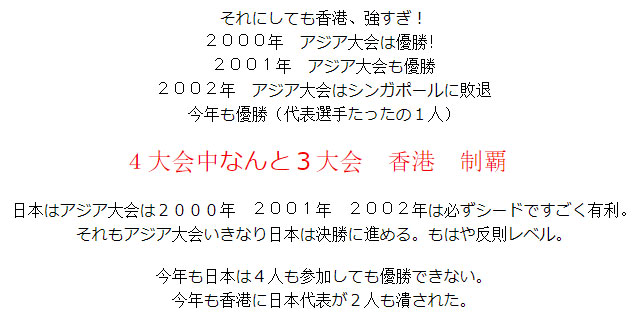
Source: 遊戯王 アルティマニア (Wayback Machine)
Hong Kong’s prowess in innovative deck building and consistency had even earned praises from Japanese duelists. Hong Kong won the Asia Championship 2000, Asia Championship 2001 and World Championship 2003, while Japan only took the Asia Championship 2002. This is despite Japan having an advantage of being seeded directly to the final match of the Asia Championships. In the World Championship 2003, Hong Kong had only 1 representative while Japan had 4 representatives, but Hong Kong still took the World Champion title. Hong Kong was leaps and bounds ahead in understanding the metagame and had absolutely dominated the early OCG competitive scene.
Around 2008 onward, Singapore and Malaysia started taking over the OCG competitive scene.
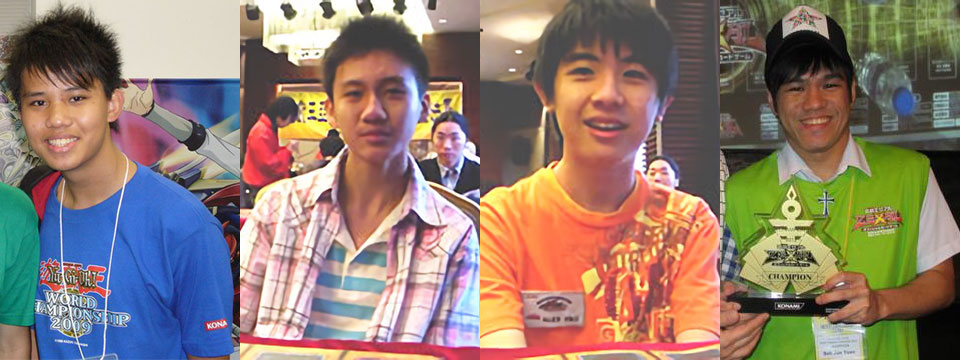
Benjamin Tan from Singapore became the first World Champion from the OCG Asia region in 2009. The Asia Championship 2008 to Asia Championship 2012 saw many Champions from Singapore and Malaysia. Sam Kee and Alex Yeo from Malaysia scooped up both 1st and 2nd place in the Asia Championship 2009, and would later team up together to win the first Asia Championship Plus 2010. Soh Jun Yuan from Singapore became the first Asia Champion to successfully defend his title by winning both Asia Championship 2011 and 2012 back-to-back.
From late 2012 onward, Taiwan rose up to the top of the competitive scene. Taiwan was a beast in team tournaments, scoring a hat-trick by taking home the Asia Championship Plus title consecutively in 2012, 2013 and 2014.

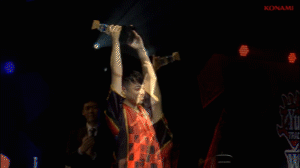
2013 was also the year that Taiwan made a World Champion. Huang Shin En and his fist pump would become a classic memorable moment in Yu-Gi-Oh!, winning fans from all over the world. Many Chinese fans were so inspired by his victory that they picked up the game and started playing in tournaments.
2018 saw Taiwan go on to make a second World Champion. Wang Chia Ching with his methodical and data analytical approach served him well as he almost became a two-time World Champion, but was unfortunately defeated in the final match of the World Championship 2019.
Philippines is also a force to be reckoned with in the recent years. They had won the first two Asia Championship Winter in 2018 and 2019, and would almost achieve a hat-trick, but was unfortunately defeated in the final match of the Asia Championship Winter 2020.
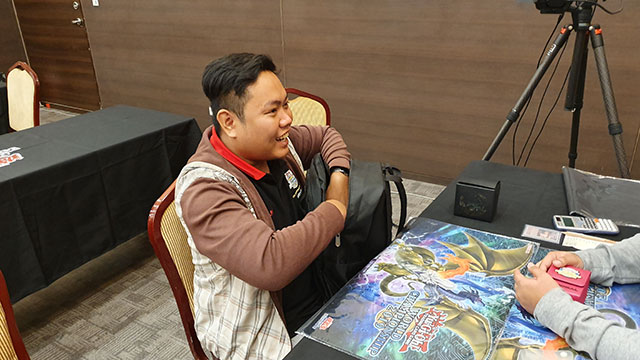
Angelino Espiritu made history in 2019 as the first duelist to win both Asia Championship Winter and Asia Championship in the same year.
Conclusion
The OCG Asia competitive scene is as vibrant as the OCG Japan scene, filled with many rich history.
However, due to the lack of coverage, many interesting stories of the Asia tournament scene was left forgotten.
Hopefully this article was useful in learning a bit about the Asia competitive scene and piqued your interest in the Asia Championship and YOT.
If you enjoyed these articles, consider supporting Road of the King on Patreon. Cheers!


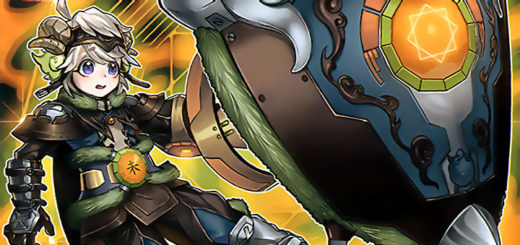
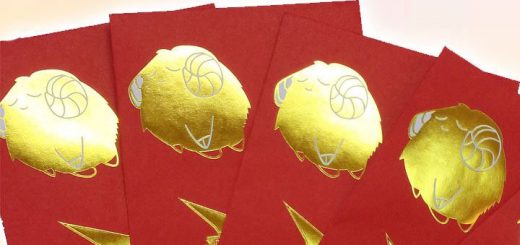
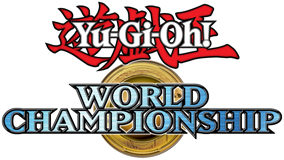
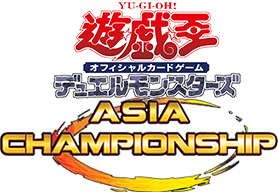

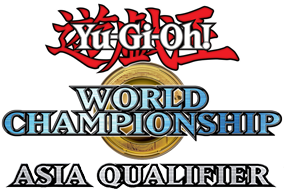
Great article!
Unrelated, but how do OCG players feel about having Maxx “C” at unlimited? Do they like it or dislike it?
For me, maxx c is a card to prevent your opponent to swarm/setup their field.
Basically OCG has many combos that maxx c prevents, unlike in TCG.
If they will ban it, it means that they let loose those deadly setup/combos in the OCG
How asian players can play if they dont know korean nor japanese?
We memorize all the card effects.
But when in doubt, we just refer to apps like Yugipedia.